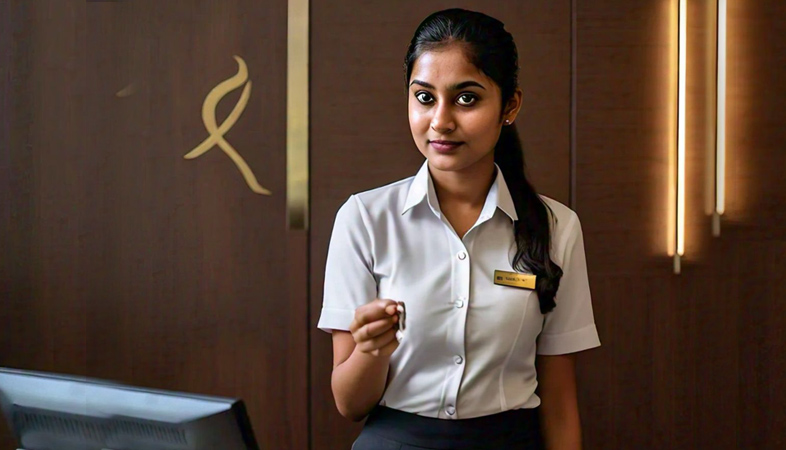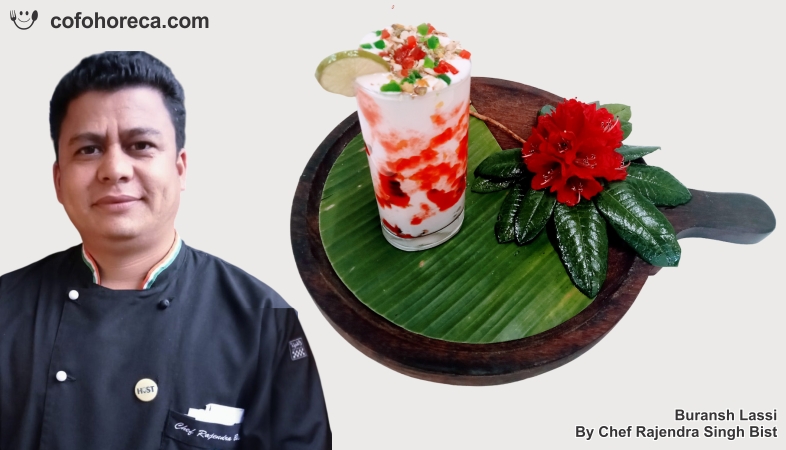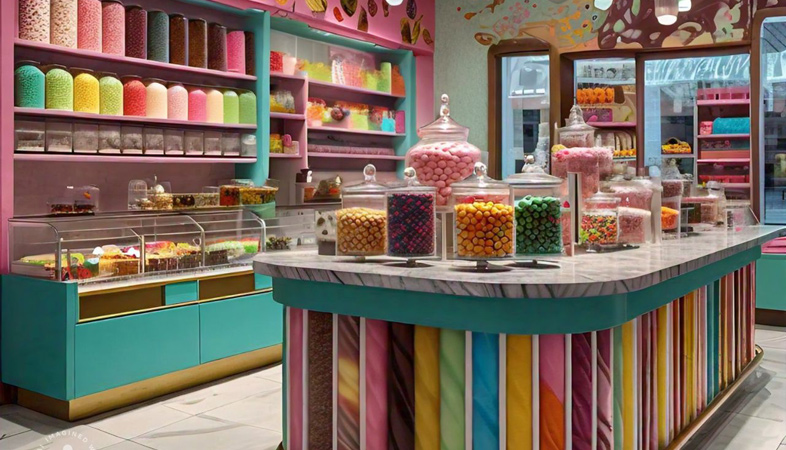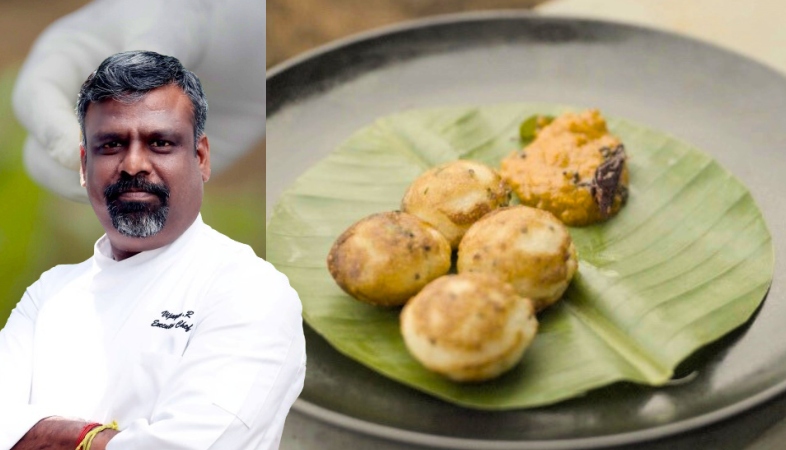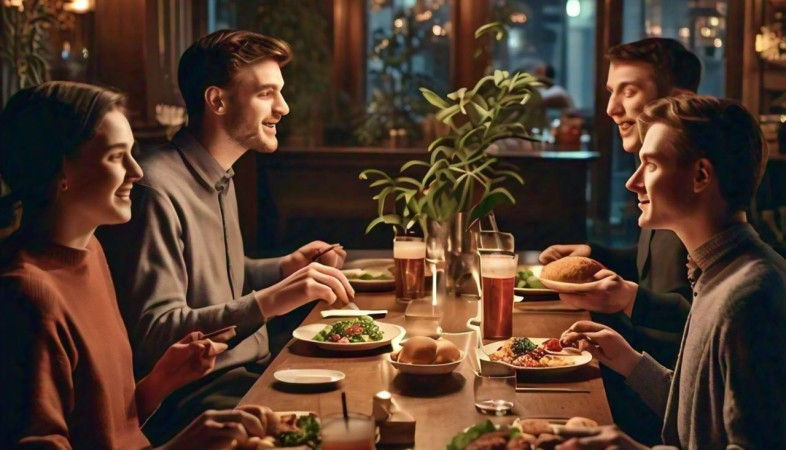Pan-Braising vs. Oven-Braising: Which Method Yields Better Results?
Let’s break down each technique and explore how they compare in flavor, texture, and ease of use.
When it comes to cooking tender, flavorful dishes, braising
is a time-honored technique that stands out for its ability to bring out the
depth in ingredients. But there’s a debate among chefs and home cooks alike:
which is better, pan-braising or oven-braising? Both methods offer distinct
advantages depending on the desired results, ingredients, and convenience.
Let’s break down each technique and explore how they compare in flavor, texture,
and ease of use.
Pan-braising is a stovetop method that starts with browning meat or vegetables in a hot pan. Once the ingredients develop a rich, golden crust, they’re partially submerged in a flavorful liquid—often broth, wine, or a sauce—and covered to cook gently on low heat. Since it’s done on the stovetop, pan-braising gives the cook the ability to closely monitor and adjust the heat, making it a bit more interactive than oven-braising. It’s ideal for smaller cuts of meat or vegetables that cook relatively quickly, as the consistent lower temperature keeps ingredients tender without excessive cooking time.
One of the biggest advantages of pan-braising is the flavor concentration. By keeping the heat source directly under the pan, the cooking liquid reduces faster, leading to a more concentrated sauce. This can be particularly useful when making sauces for pasta or rice dishes, where rich, intense flavors can complement and balance the other elements on the plate. However, pan-braising requires frequent attention to prevent the ingredients from sticking or over-reducing the liquid, making it slightly less convenient for cooks who prefer a hands-off approach.
Oven-braising, on the other hand, involves searing the ingredients on the stovetop initially and then transferring them to an ovenproof pot or Dutch oven. Once the ingredients are submerged in liquid, they’re cooked in the oven at a low temperature, usually around 300°F (150°C) to 325°F (160°C). The heat circulates evenly around the pot, allowing for gentle, even cooking, which is particularly effective for larger cuts of meat, like a roast or brisket, which benefit from extended cooking times. This method is perfect for dishes that require long, slow braising to break down tough cuts, turning them tender and succulent over several hours.
The even heat distribution in oven-braising offers a significant advantage for large, dense ingredients. The slow cooking in an enclosed space promotes moisture retention, which keeps the meat juicy and prevents the sauce from reducing too quickly. The result is a dish with a mellow, balanced flavor profile, where the liquid is infused with the essence of the ingredients without becoming overly concentrated. Oven-braising is also ideal for “set it and forget it” cooking since it requires minimal supervision, making it perfect for busy cooks.
The choice between pan-braising and oven-braising ultimately depends on the ingredients and the desired results. For quick, flavor-intensive meals, pan-braising is an excellent choice. It’s perfect for smaller cuts of meat or vegetables that benefit from concentrated flavors and shorter cooking times. However, for dishes that call for slow cooking, larger cuts, and deep tenderness, oven-braising is generally the better option. The gentle heat of the oven allows the ingredients to cook slowly without drying out or requiring constant attention.
Each method brings unique benefits to the table, and both can yield delicious, mouthwatering results. Whether you’re pan-braising a quick weeknight meal or oven-braising a hearty roast, understanding these techniques will help you achieve a dish that’s full of flavor and perfect texture.
.png)










